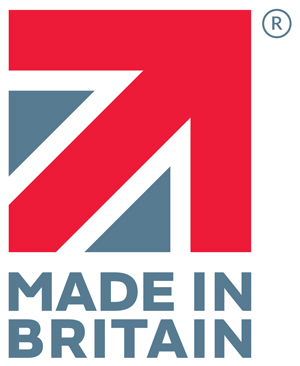Utilising a Keder Greenhouse for Community Projects
Utilising a Keder greenhouse for community projects can be a highly effective way to foster local engagement, promote sustainability, and provide a versatile space for various activities.
Over the last thirty years the team at Keder Greenhouse have worked with many community projects throughout the United Kingdom.
Utilising a Keder greenhouse for community projects can be a highly effective way to foster local engagement, promote sustainability, and provide a versatile space for various activities.
Here’s how you can leverage a Keder greenhouse in community projects:
- Community Gardening
- Educational Workshops – Host gardening workshops where community members can learn about sustainable agriculture, organic farming, and horticulture techniques. The controlled environment of a Keder greenhouse allows for year-round growing, making it an ideal setting for practical, hands-on learning.
- Food Production – Grow vegetables, fruits, and herbs that can be shared among the community, donated to local food banks, or sold at community markets. This can help address food insecurity and encourage healthy eating habits.
- Youth Engagement – Involve schools and youth groups in planting and maintaining the garden. This can be a great way to teach children about nature, responsibility, and the benefits of fresh produce.
- Social Projects
- Therapeutic Gardening – Utilise the greenhouse for horticultural therapy sessions. Gardening is known to reduce stress and improve mental health, making it a great activity for elderly groups, individuals with disabilities, or those recovering from trauma.
- Community Gathering Space – Use the greenhouse as a unique venue for community meetings, social events, or workshops. The greenhouse can serve as a tranquil and inspiring environment, especially during colder months.
- Environmental Education
- Sustainability Programs – Teach community members about the importance of sustainability and environmental stewardship. The Keder greenhouse itself can serve as an example of energy-efficient design and sustainable practices in agriculture.
- Biodiversity Projects – Set up sections within the greenhouse to cultivate native plants, endangered species, or even a small-scale pollinator garden. This can help educate the community on local biodiversity and conservation efforts.
- Economic Development
- Micro-Enterprise – Support local entrepreneurs by offering space for them to grow high-value crops, such as herbs or flowers, which they can then sell at local markets. This can provide income opportunities and promote local businesses.
- Training and Skill Development – Offer training programs for those interested in starting their own agricultural business or pursuing careers in horticulture. The greenhouse can serve as a practical training ground.
- Research and Innovation
- Agricultural Research – Collaborate with local universities or research institutions to conduct experiments on crop yield, pest control, or sustainable farming methods. The data collected can be valuable for broader agricultural initiatives.
- Innovation Hub – Encourage local innovators to use the Keder greenhouse for experimenting with new farming technologies, such as aquaponics or vertical farming. This can position the community as a leader in innovative agricultural practices.
- Seasonal Events and Festivals
- Harvest Festivals – Organise seasonal events like harvest festivals where the community can come together to celebrate the produce grown in the greenhouse. This fosters a sense of community and highlights the benefits of local food production.
- Plant Sales – Host plant sales or swaps where community members can purchase, or exchange plants grown in the greenhouse. This not only raises funds for the project but also spreads the joy of gardening to more people.
- Sustainable Living Workshops
- Composting and Waste Reduction – Use the greenhouse as a base for teaching about composting and waste reduction. The compost produced can be used within the greenhouse itself, creating a closed-loop system.
- Energy Efficiency – Demonstrate how the Keder greenhouse’s design contributes to energy efficiency and how similar principles can be applied to other aspects of sustainable living, such as in home insulation or water conservation.
Benefits of a Keder Greenhouse in Community Projects
- Durability – Keder greenhouses are known for their strength and ability to withstand harsh weather conditions, making them reliable for year-round use.
- Energy Efficiency – Their design helps maintain a stable internal temperature, reducing the need for additional heating or cooling, which is both cost-effective and environmentally friendly.
- Versatility – The space within a Keder greenhouse can be easily adapted for a wide range of activities, from gardening to social gatherings to educational workshops.
By using a Keder greenhouse in these ways, your community can create a vibrant, sustainable, and engaging space that brings people together, supports local agriculture, and fosters a deeper connection with the environment.
#KederGreenhouse #GreenThumbsUnite #GrowTogether #SustainableLiving #CommunityGardens #PlantWithPurpose #GreenRevolution #UrbanFarming #GrowYourOwnFood #EcoFriendlyLiving #GardeningGoals #GreenProjects #GardenersOfInstagram #PlantLoversCommunity


